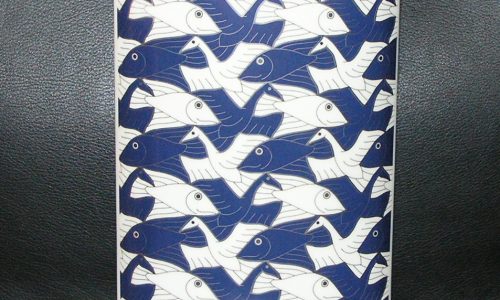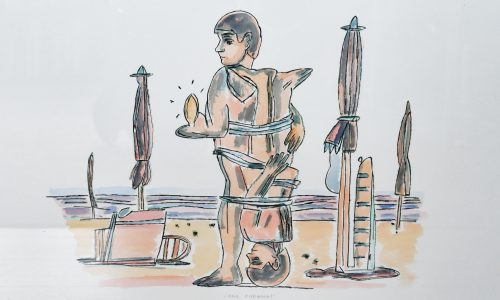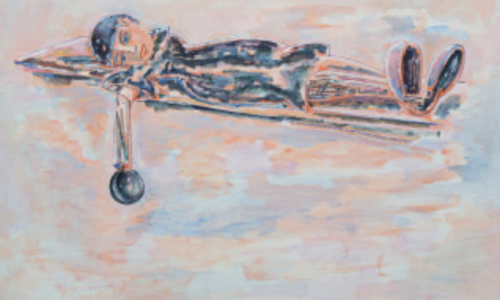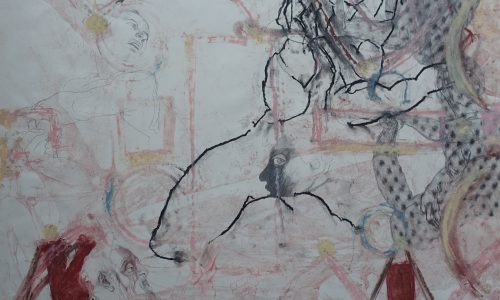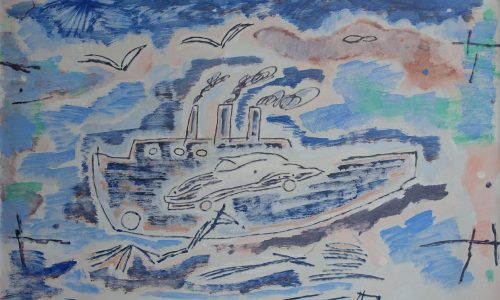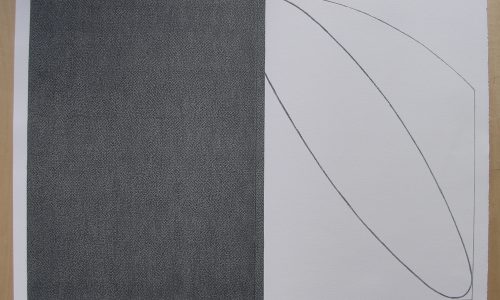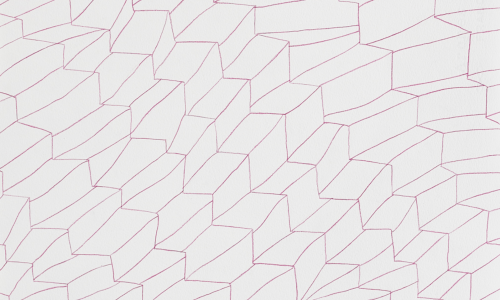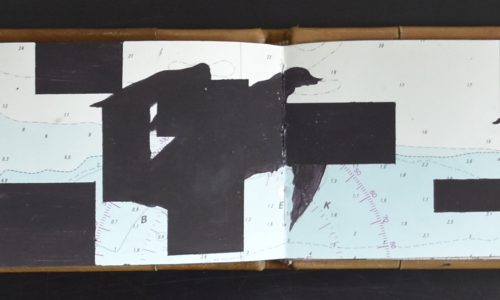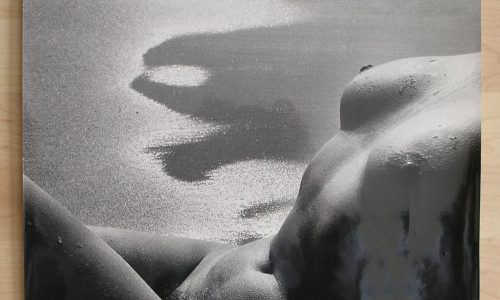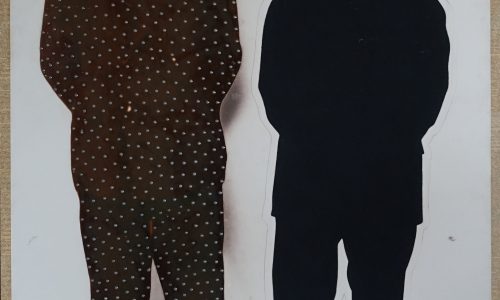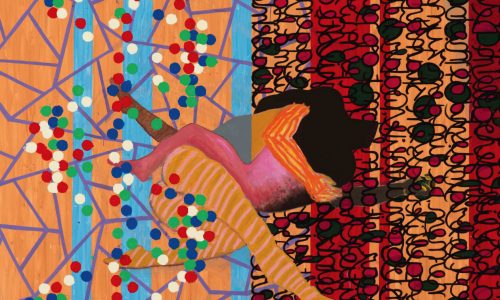
No better text on the works by Aaron van Erp than the one which was published on the occasion of his Gemeentemusem/ GEM exhibition from 2008. It looks a really long time ago, but nowadays his works are more or less the same. Their subjects hardly any different and the way they are painted has not changed at all. van Erp is an important “young” painter and i will be following his career from a short distance because his paintings fascinate me.
“Horrible things frequently also have a funny side.” This is how Aaron van Erp (b. 1978) explains how his paintings, despite their often brutal subjects, can raise a laugh thanks to their bizarre titles. Since graduating from the St Joost school of art and design in ’s-Hertogenbosch in 2001, Aaron van Erp has become a rising star of the art world. His weird paintings have been acquired for numerous collections in the Netherlands and abroad, including the trendsetting Saatchi collection. Aaron van Erp opens his first ever one-man museum exhibition at the Gemeentemuseum Den Haag: an overview of paintings and drawings produced since leaving art school, with the emphasis on his most recent work.
Jars of peanut butter
Van Erp’s paintings often include familiar objects from the world around us: shopping trolleys, meatballs, jars of peanut butter, supermarket bags and washing machines. These are located in bare, desert-like landscapes or huge empty interiors. His colourful pictures sometimes refer to well-known paintings of the past (The Meatball Eaters, 2000) or appear to allude to social issues like terrorism, problems in the health care system or child abuse. His painting The Child Tamer (2006), for example, featuring a shadowy figure keeping order with a whip, immediately suggests child abuse. But, despite its sadistic undertone, the work is painted in a humorous way. The green boots of the ‘tamer’, the title, the use of colour and the absurd setting all undermine the sense of violence.
Theme
Another important theme in Van Erp’s paintings is that of victims versus attackers. Medical Personnel at the Meatball Plantation (2005/06) is a good illustration: at first glance, the painting appears to show Red Cross staff attending to a victim. Look closer and you find that they are actually tearing the victim apart and turning his flesh into meatballs to hang in the leafless trees. Dividing lines between good and evil are blurred; saviours can also be attackers and vice versa.
Influence
As well as inspiration from everyday life, the paintings betray the influence of artists such as James Ensor and Francis Bacon. This is apparent in the amorphous figures, the artist’s palette, a certain surreal atmosphere, and the fragmentary way in which Van Erp paints his figures. His social and political commitment is akin to that of Francisco Goya, who also produced works denouncing violence, constraints on freedom of thought, and human suffering.
www.ftn-books.com has some important van erp titless available








































